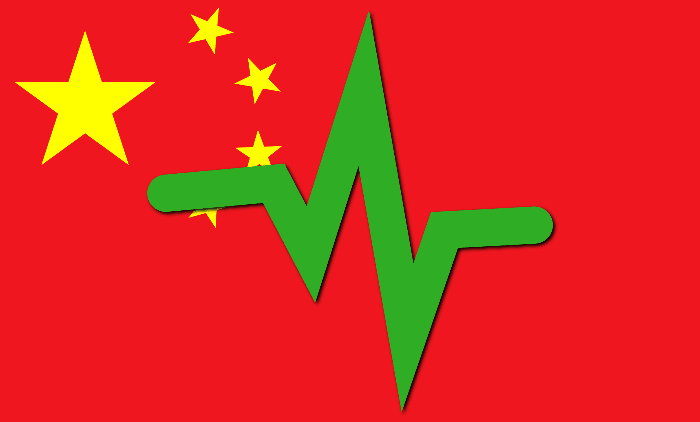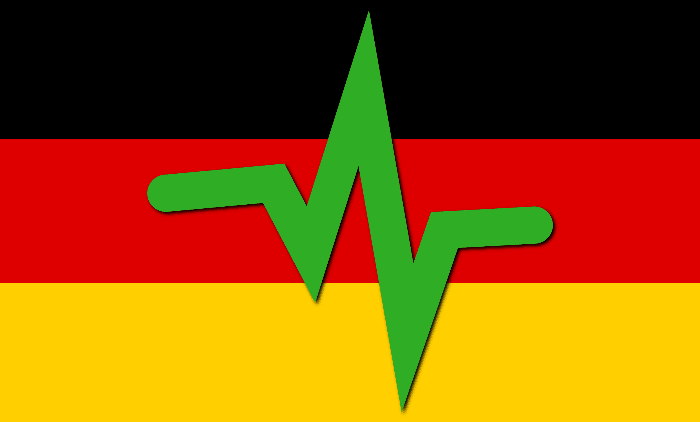Is a blocked nose an “allergy”?Be careful to be fooled by it

The nose is always blocked. In addition to allergies, there is another possibility – nasal polyps. The second Saturday in April every year is National Nose Day. Have you ever paid attention to your nose?
Can’t tell the difference between allergies and nasal polyps?
Nasal polyps are a common chronic disease of the nasal cavity and sinus mucosa. They are single or multiple new organisms with smooth, gray-white and translucent lychee-like surfaces formed in extremely edematous nasal cavity or sinus mucosa.
Allergies or nasal polyps, how do we figure out who is the culprit of a blocked nose? Unlike ordinary nasal mucosa, nasal polyps have poor self-contraction ability. Once nasal polyps form, the nasal congestion that occurs is often persistent. If symptoms of nasal congestion occur within a short period of time and there is no improvement throughout the day, we have to consider that it is not caused by simple allergies or acute or chronic rhinitis, but that there may be a tumor in the nasal cavity. At this time, we need to go to the hospital for further examination. .
Allergies are the catalyst for nasal polyps
Nasal polyps are a common and frequently-occurring disease, with an incidence rate generally ranging from 1% to 4%. They are more common in people over 40 years old, and are more common in men. Since nasal polyps often coexist with chronic sinusitis, clinical work is mostly based on statistics on the incidence of chronic sinusitis. The overall prevalence rate in China is 8%, including 4.18% in Beijing, 8.44% in Guangzhou, and 9.38% in Chengdu. .
The main causative factors of nasal polyps have not been fully understood. Allergic factors, infectious factors, eosinophils and cytokines are closely related to the occurrence of nasal polyps.
Studies have shown that allergic rhinitis, especially perennial allergic rhinitis, plays a role in the development of sinusitis and nasal polyps. Most patients with nasal polyps are complicated by chronic sinusitis. Obstruction of the sinus openings can lead to chronic sinusitis, which in turn triggers changes in the nasal mucosa and stimulates the formation of nasal polyps.
In addition, eosinophils and certain cytokines play an important role in the formation of nasal polyps. Nasal polyps in adults are often associated with chronic rhinosinusitis, asthma, and aspirin sensitivity. Some patients with nasal polyps have allergic rhinitis or allergic fungal rhinosinusitis.
Are small nasal polyps worth surgery?
At present, the treatment of nasal polyps mainly adopts a comprehensive treatment method that combines drug treatment represented by nasal corticosteroids and endoscopic sinus surgery.
Nasal corticosteroids are mainly suitable for patients with initial small polyps, perioperative period of nasal polyp surgery, or patients with obvious allergic factors.
For most nasal polyps, especially multiple and recurrent nasal polyps, they can cause symptoms such as congestion or obstruction of the nasal airways, thick secretions, and loss of smell. Medical treatment is difficult to make such polyps shrink or even disappear, so endoscopy is required. Surgical removal of sinuses. This is why surgical treatment is recommended once nasal polyps are detected in the outpatient clinic.
Surgical removal of nasal polyps is only part of the treatment for nasal polyps. Surgery mainly removes polyps to relieve symptoms of nasal congestion. Regular postoperative endoscopic follow-up and comprehensive treatment are the keys to successful treatment of nasal polyps.
After surgery, you should actively use physiological sea salt water to rinse the nasal cavity to keep the nasal cavity clean and prevent intranasal adhesions. Consistent use of nasal glucocorticoid spray after surgery can reduce mucosal edema in the surgical cavity, effectively inhibit the occurrence of nasal polyp granulations or vesicles, and help repair the nasal mucosa.
After surgery, you should follow the doctor’s recommendations for regular review. The review time generally needs to last 3-6 months. For nasal polyps that are prone to recurrence, the review time needs to be longer.
How to solve the problem of recurrence rate reaching 40%?
Surgery can provide temporary relief of symptoms, but polyps often recur within months to years if surgical intervention alone occurs. The recurrence rate of nasal polyps after surgery far exceeds the expectations of the surgeon and the patient, and can be as high as 15% to 40%, causing a serious burden on the patient’s psychology and quality of life.
Therefore, continued medical treatment of the underlying cause must be continued postoperatively, including intranasal corticosteroids, allergen immunotherapy (if appropriate), anti-leukotriene therapy, and daily sinus irrigation.
First of all, to prevent nasal adhesion after surgery, effective nasal irrigation is an important treatment measure. Secondly, eosinophil infiltration is a major feature of nasal polyps in sinusitis, and the use of anti-allergic drugs after surgery is an important therapeutic measure to treat and prevent the recurrence of nasal polyps.
Thirdly, some detection indicators can predict the probability of postoperative recurrence of nasal polyps, such as peripheral blood eosinophil count, pathological type of nasal polyps, sinus CT examination, etc. These indicators can guide us to carry out precise treatment after nasal polyps surgery, which will help reduce the recurrence of nasal polyps.



